-in-teenagers.jpg)
Temopromandibular Disorder Overview
Temporomandibular disorder (TMD) refers to a number of complex problems of temporomandibular joint (TMJ), masticatory muscles and surrounding structures. Temporomandibular joint is the joint present on each side of the head, in front of the ears, which connect the lower jaw to the skull. This joint consists of muscles, tendons and bones. It allows us to talk, chew and yawn. Masticatory muscles are involved in chewing and allow for the movement of the lower jaw.
Causes of Temporomandibular DisorderTemporomandibular disorder causes pain and tenderness in the jaw joint. This disorder can arise from different conditions such as arthritis, trauma to the jaw, teeth grinding and teeth clenching, fingernail biting, dental problems, fractures, stress and others.
Signs and Symptoms of Temporomandibular DisorderScientists have been investigating tempromandibular disorder in children and teenagers since the beginning of the 1970s. Signs and symptoms of TMD that are most frequently present in these patients include:Temporomandibular joint sounds (on palpation by dentist)Limited movements of the lower jawTenderness of the jaw muscles and temporomandibular jointHeadacheClicking or popping of temporomandibular joint when opening or closing the mouthBruxism (grinding of the teeth)Limited opening of the mouthJaw painFacial PainAmong the mentioned signs and symptoms in teenagers, tenderness of chewing muscles and the joint sounds were prevailing. Development of temporomandibular disorder is associated with both local and systemic factors. It is hard to predict from different clinical signs of TMD if it will result in severe disorder later in life.
Etiology of Temporomandibular Disorder
TMD etiology is regarded to be a highly controversial issue in the field of clinical dentistry. Temporomandibular disorder is presently considered a group of various diseases of different etiology and pathology rather then an individual disorder. Since etiology and progression of TMD is still unexplained, dentists continue to debate on this subject.
It has been noted that gender also plays a role in etiology of TMD. Females are 1.5-2 times more likely to suffer from temporomandibula disorder comparing to men. Also, females are more likely to seek treatment for the disorder. However, temporomandibular disorder is not common in children, teenagers and elderly.
Treatment for Temporomandibular Disorder
Opinions widely vary regarding the treatment of TMD. There are several treatment options that can be used depending on the cause of temporomandibular disorder. Non Steroidal Anti-Inflammtory Drugs such as Aspirin, Motrin and Advil are commonly given to relieve the acute pain. Skeletal relaxer medications like Flexeril are used to reduce muscle tension. Inflammation can be reduced with corticosteroid drug injections. If TMD is caused by misalignment of the teeth, the disorder is managed with orthodontic treatment. If TMD is associated with poor posture, physical therapy is administered to strengthen the neck. Soft diet is often recommended to reduce the workload for the temporomandibular joint. Finally, surgical treatment may be needed to replace or repair the joint.


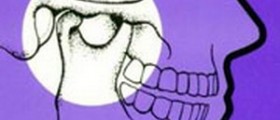
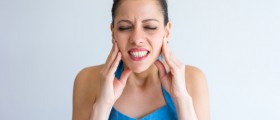
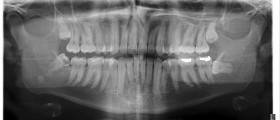
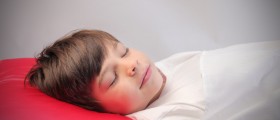
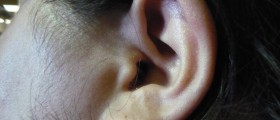
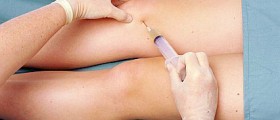

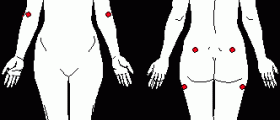




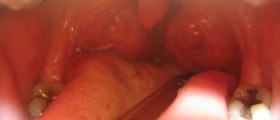
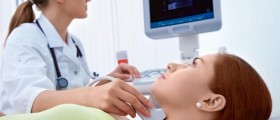

Your thoughts on this
Loading...